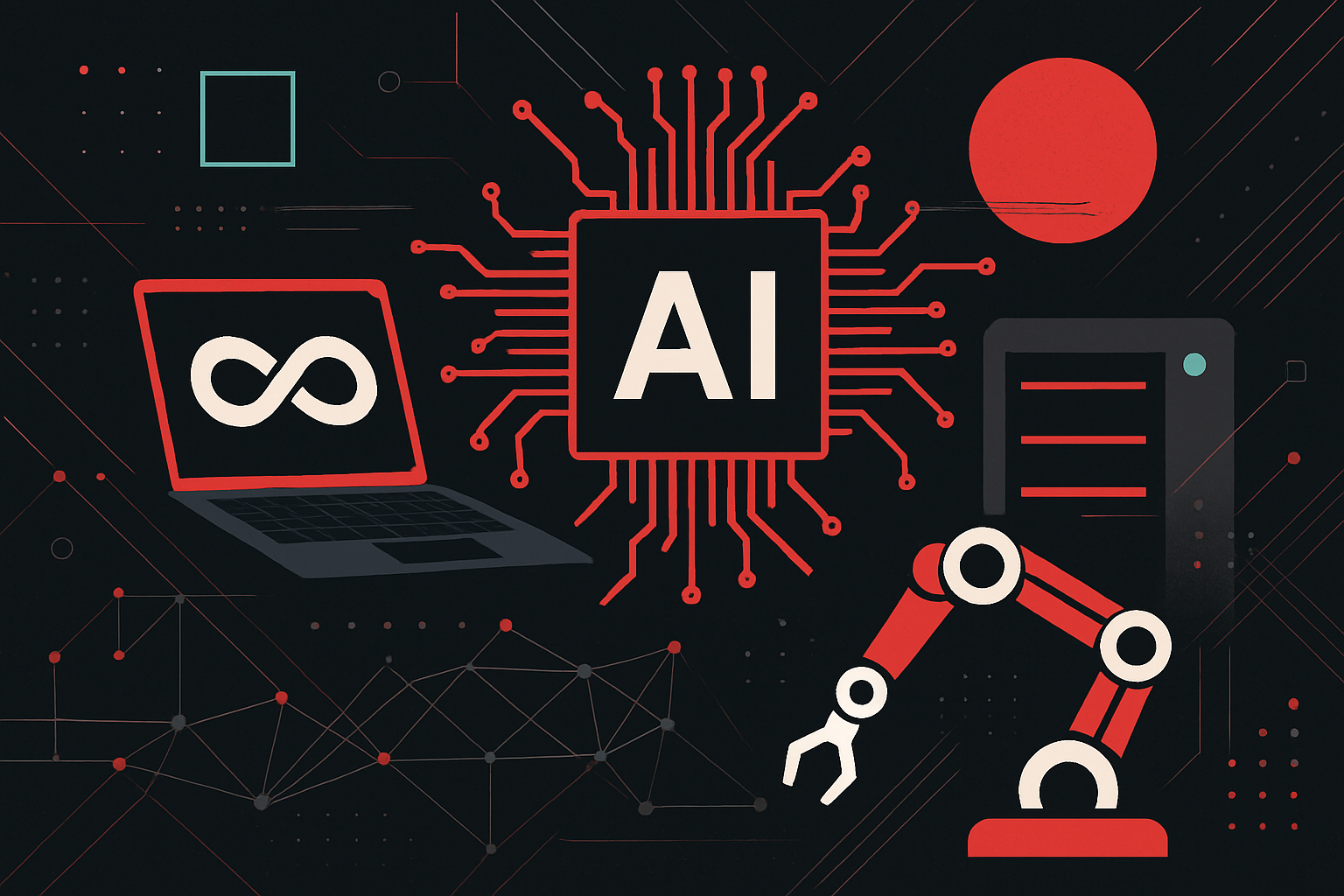Embracing Green Tech in the IT Industry: A Journey Through Sustainable Innovation

The Silk Road of Energy Efficiency
In the digital realm, akin to the ancient caravans traveling the Silk Road, energy efficiency trails blaze a path toward sustainability. The IT industry, a modern bazaar bustling with data and devices, must navigate these trails with strategies steeped in tradition and innovation.
Data Center Optimization
Data centers, the digital caravansaries of our time, consume vast amounts of energy. Implementing techniques such as virtualization and server consolidation can mimic the resourcefulness of ancient traders:
- Virtualization: By running multiple virtual machines on a single physical server, energy consumption can be significantly reduced. Consider the following code snippet for setting up a basic virtual machine using Python’s
libvirtlibrary:
“`python
import libvirt
conn = libvirt.open(‘qemu:///system’)
domXML = “””
…
conn.createXML(domXML, 0)
“`
- Server Consolidation: Combining workloads onto fewer servers can optimize energy use. A typical server consolidation strategy may reduce energy costs by up to 40%.
| Strategy | Energy Reduction Potential |
|---|---|
| Virtualization | 20-30% |
| Server Consolidation | 30-40% |
Renewable Energy Integration
The IT industry, like a verdant oasis amidst the vast desert, can thrive by embracing renewable energy sources. Solar and wind power, akin to the relentless Turkmen winds shaping the dunes, offer powerful alternatives.
-
Solar Energy: Deploying solar panels at data centers can harness the sun’s energy, much like the traditional Turkmen yurts strategically placed to capture the sun’s warmth.
-
Wind Energy: Wind farms can provide power to IT facilities, echoing the ancient windmills of Central Asia that harnessed nature’s breath for productivity.
Sustainable Materials and E-Waste Management
In the spirit of the Silk Road’s resourcefulness, sustainable materials and e-waste management become vital. The IT industry’s reliance on rare materials necessitates a shift towards sustainable practices.
-
Recycled Materials: Using recycled plastics and metals in manufacturing reduces the environmental impact. For instance, Dell’s closed-loop recycled plastics program exemplifies this approach.
-
E-Waste Recycling Programs: Implementing comprehensive e-waste recycling programs is essential. Consider the following steps to set up an e-waste recycling initiative:
-
Audit: Identify and categorize e-waste components.
- Partner: Collaborate with certified e-waste recyclers.
- Educate: Raise awareness among employees about recycling practices.
- Monitor: Regularly track and report recycling metrics.
| Component | Recycling Rate | Partner Examples |
|---|---|---|
| Plastics | 40-60% | Dell, HP |
| Metals | 70-90% | Apple, Samsung |
Green Software Development
Software, the digital tapestry weaving together systems, must also adopt green practices. The art of coding, much like the intricate patterns of Turkmen carpets, requires precision and efficiency.
-
Efficient Algorithms: Opt for algorithms that minimize computational energy. For example, replacing a traditional sorting algorithm with one that has a better time complexity can reduce energy use.
-
Optimized Code: Regular code reviews to eliminate redundancies and improve efficiency are crucial. Below is an example of optimizing a Python code snippet:
“`python
# Before Optimization
result = sum([x for x in range(1000) if x % 2 == 0])
# After Optimization
result = sum(range(0, 1000, 2))
“`
Cloud Computing and Virtualization
The cloud, a digital silk road offering boundless potential, must be leveraged for sustainability. Through virtualization and resource pooling, cloud computing can significantly reduce the carbon footprint.
-
Resource Pooling: Sharing resources among multiple users maximizes efficiency, much like the shared wells and oases along the Silk Road.
-
Dynamic Scaling: Automatically scaling resources up or down as needed ensures no energy is wasted, akin to the adaptive strategies of nomadic traders.
| Cloud Strategy | Carbon Footprint Reduction |
|---|---|
| Resource Pooling | 50-70% |
| Dynamic Scaling | 30-50% |
The path to a sustainable IT industry, like the enduring Silk Road, is rich with tradition and innovation. By embracing green tech innovations, the industry can honor its past while paving a sustainable path for the future.





0 thoughts on “Embracing Green Tech in the IT Industry: A Journey Through Sustainable Innovation”